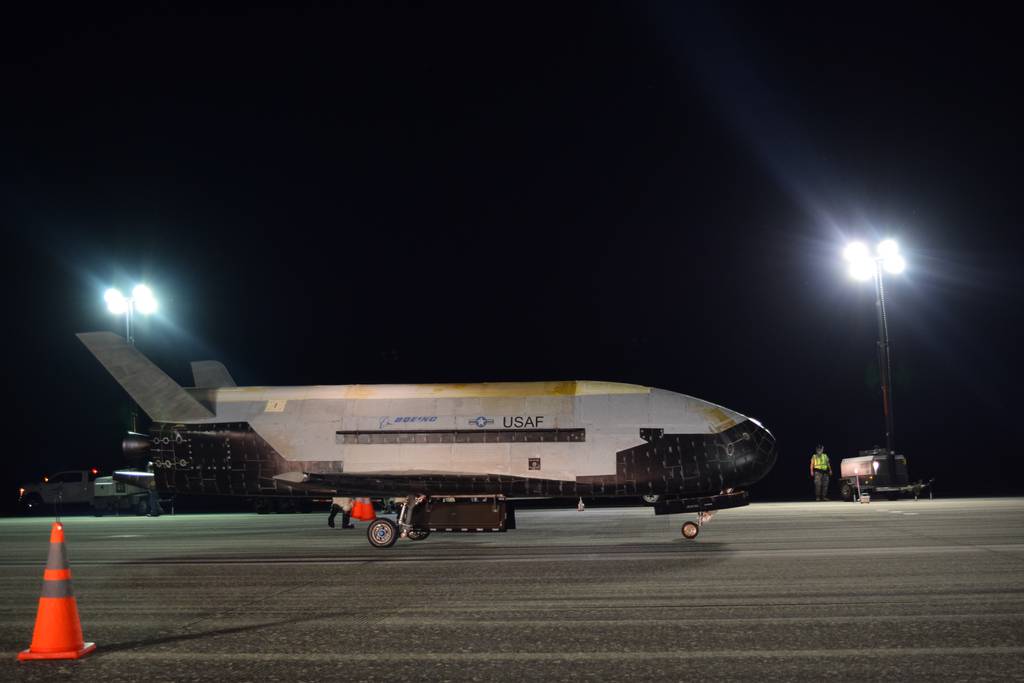Por primera vez, el avión espacial militar realizaba experimentos para el Laboratorio de Investigación Naval, la Academia de la Fuerza Aérea de EUA y otros organismos. Entre los experimentos se encontraba un satélite denominado FalconSat-8 que fue diseñado y construido por cadetes de la academia USAF en asociación con el Laboratorio de Investigación de la Fuerza Aérea. Se desplegó en octubre de 2021 y aún permanece en órbita.
CAPE CANAVERAL, Florida (AP) — An uncrewed U.S. military space plane landed Saturday after spending a record 908 days in orbit for its sixth mission and conducting science experiments.
The solar-powered vehicle, which looks like a miniature space shuttle, landed at NASA’s Kennedy Space Center. Its previous mission lasted 780 days.
“Since the X-37B’s first launch in 2010, it has shattered records and provided our nation with an unrivaled capability to rapidly test and integrate new space technologies,” said Jim Chilton, a senior vice president for Boeing, its developer.
For the first time, the space plane hosted a service module that carried experiments for the Naval Research Laboratory, U.S. Air Force Academy and others. The module separated from the vehicle before de-orbiting to ensure a safe landing.
Among the experiments was a satellite dubbed the FalconSat-8 that was designed and built by academy cadets in partnership with the Air Force Research Laboratory. It was deployed in October 2021 and still remains in orbit.
Another experiment evaluated the effects of long-duration space exposure on seeds.
“This mission highlights the Space Force’s focus on collaboration in space exploration and expanding low-cost access to space for our partners, within and outside of the Department of the Air Force,” said Gen. Chance Saltzman, Chief of Space Operations.
The X-37B has now flown over 1.3 billion miles and spent a total of 3,774 days in space.
Fuente: https://www.c4isrnet.com


